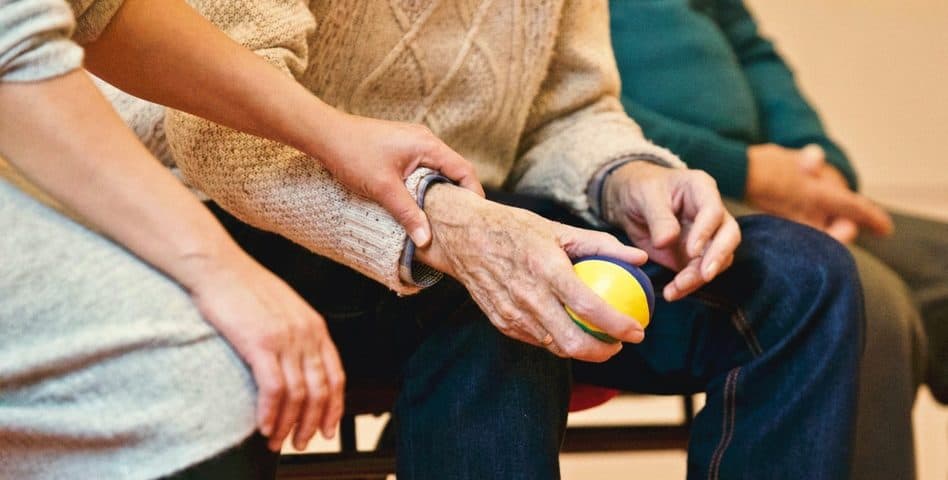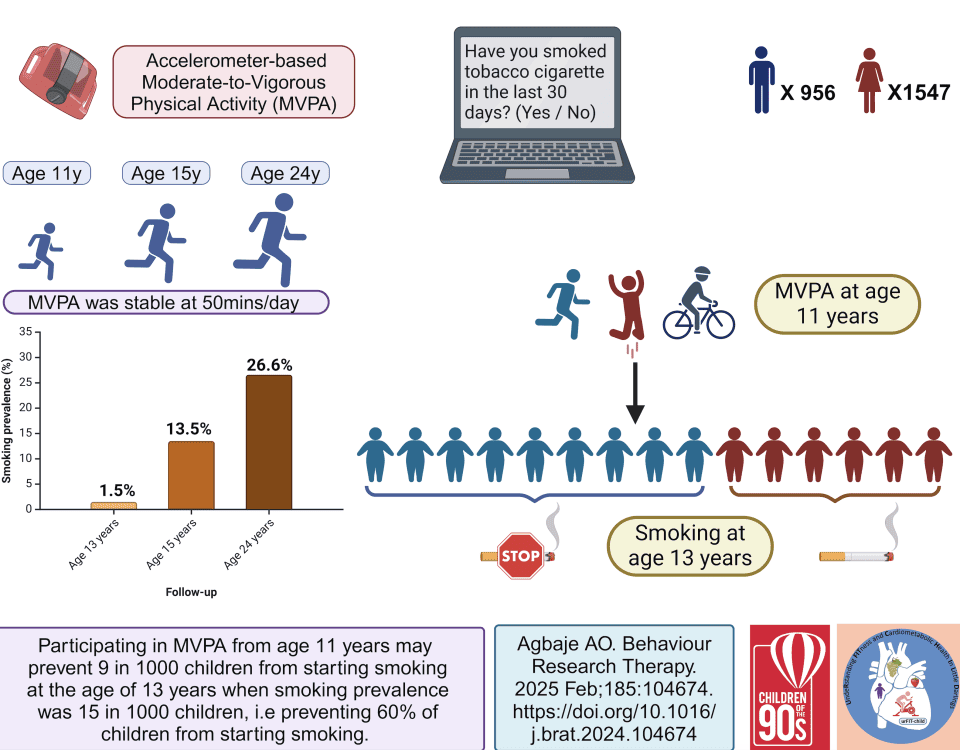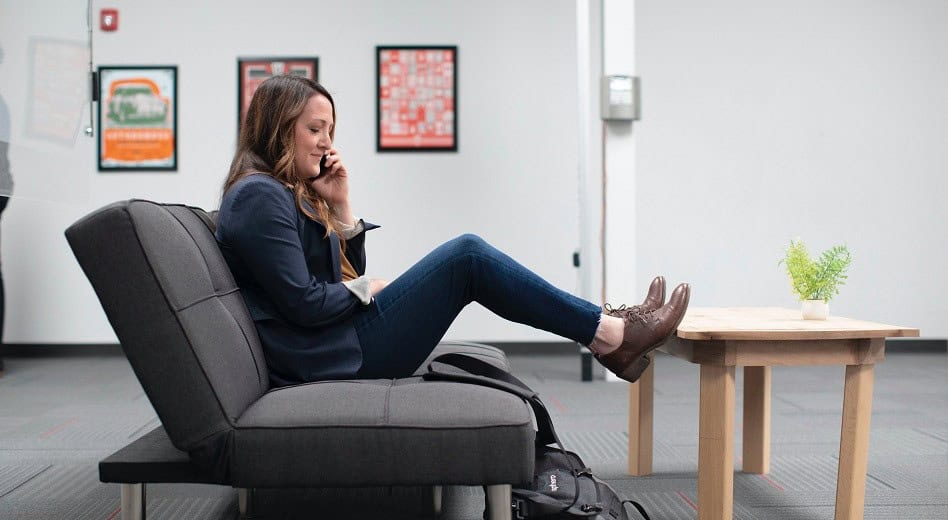
Popliteal flow-mediated dilatory responses to an acute bout of prolonged sitting between earlier and later phases of natural menstrual and oral contraceptive pill cycles
October 22, 2020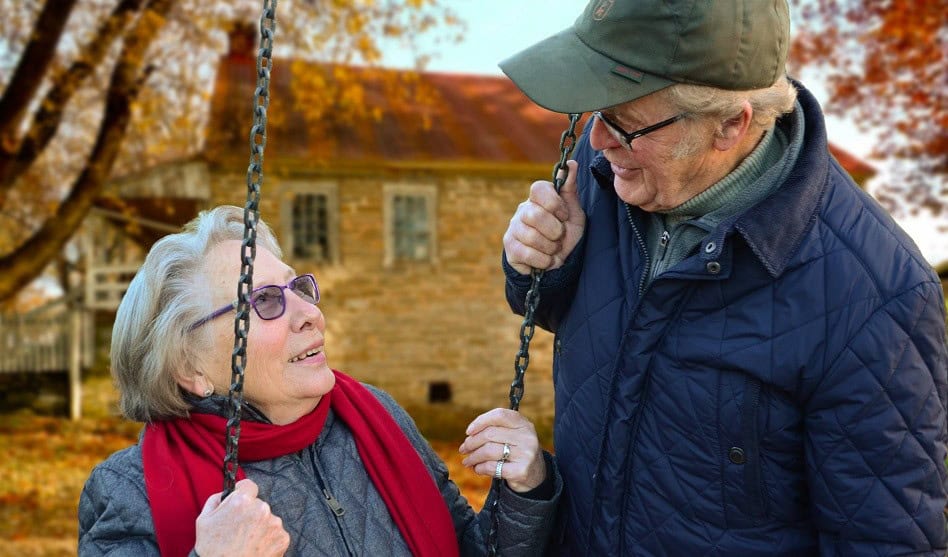
Device-assessed physical activity and sedentary behavior in a community-based cohort of older adults
November 4, 2020Today’s blog post comes from Andrea Mayo, a PhD student in the Department of Health at Dalhousie University (Canada). More about Andrea can be found at the bottom of this post.
Exploring frailty through physical activity and sedentary behaviours
We cannot stop the process of aging; however, we do have control over how we age. Ideally, people want to age in good health, meaning they reduce the likelihood of chronic conditions, remain independent, maintain low levels of frailty, and perceive a high quality of life. Since the national and global numbers are rising within the older adult population, finding ways to age in good health is of the utmost importance. The literature points to lifestyle behaviours being crucial in the process of healthy aging. Lifestyle behaviours, such as the uptake in physical activity and the reduction of sedentary time, are a focal point as they have been shown to effectively reduce frailty (Chen et al., 2020; Kehler & Theou, 2019). My work adds to this literature as I advocate for the uptake in physical activity and explore the negative consequences of high levels of sedentary behaviour.
An example of this work is in my addition to the Encyclopedia of Gerontology and Population Aging. The Encyclopedia of Gerontology’s aim is to bring together best practice and evidence in all disciplines of gerontology and population aging to reach a broad audience. As part of my contribution to the Encyclopedia, I was the first author to review the literature on frailty and its association with physical activity and sedentary behaviours. This work aimed to present key findings on what type of physical activity has shown positive outcomes in reducing frailty and explaining the relationship between sedentary behaviours and frailty. Understanding this literature is vital as older adults report the highest levels of sedentary time, which is even more prominent for older adults living in nursing homes or are hospitalized. This work highlights findings that are important for those trying to understand sedentary behaviours and frailty outcomes. For example, findings support that high levels of sedentary time are associated with high prevalence or severity of frailty even if an older adult engages in physical activity. The best insight we have to date on combatting these adverse outcomes is to break up prolonged sedentary bouts. One reviewed study by del Pozo Cruez et al. (2017) found that bouts of sedentary time lasting longer than 10 mins were shown to have a more significant harmful effect than total sedentary time. Therefore, the suggestion is to engage in physical activity recommendations while also aiming to break up bouts of sedentary time with activity.
In another publication, I explore the potential functional benefits of a comprehensive evaluation of activity in those 45-85 years of age. This study explores the 24-hour movement guidelines within adult and older adult population. Using the Canadian Longitudinal Study on Aging database, activities were reported using the Physical Activity Scale for the Elderly Questionnaire, and sleep was self-reported. All activities were summed into one index; therefore, this index included sleeping, sedentary, light, and moderate-to-vigorous activity. The index was then used in a logistic regression to assess how all activities in combination were associated with this population’s physical function. This study found that the comprehensive approach to physical activity is associated with physical function when fully adjusted, including when adjusted for if an individual reported meeting the current physical activity guideline. This approach demonstrates that considering what an individual does outside of moderate-to-vigorous activity may be necessary for physical function outcomes. Therefore, this study supports that the engagement in light activity, sedentary time, and sleep time may also be essential for recommendations. This study has its limitations, such as cross-sectional analysis and small amplitude of effect size. However, it shows that with better testing tools and longitudinal analysis, we may find more robust and more compelling results that could leading to meaningful randomized control trials or policy change.
References
Chen, S., Chen, T., Kumagai, S., Park, H., Chen, S., Chen, T., Kumagai, S., & Park, H. (2020). Associations of Objective Physical Activity and Sedentary Behavior with Frailty in Community-dwelling Older Adults: A Mini-review. Exercise Science, 29(1), 34–39. https://doi.org/10.15857/ksep.2020.29.1.34
Kehler, D. S., & Theou, O. (2019). The impact of physical activity and sedentary behaviors on frailty levels. Mechanisms of Ageing and Development, 180, 29–41. https://doi.org/10.1016/j.mad.2019.03.004
del Pozo-Cruz B, Mañas A, Martín-García M, Marín-Puyalto J, García-García FJ, Rodriguez-Mañas L, et al. (2017) Frailty is associated with objectively assessed sedentary behaviour patterns in older adults: Evidence from the Toledo Study for Healthy Aging (TSHA). PLoS ONE 12(9): e0183911. https://doi.org/10.1371/journal.pone.0183911
Mentioned Publications
Mayo A., Kehler D.S., Theou O. (2019) Physical Activity, Sedentary Behaviors, and Frailty. In: Gu D., Dupre M. (eds) Encyclopedia of Gerontology and Population Aging. Springer, Cham. https://doi.org/10.1007/978-3-319-69892-2_360-2
Mayo, A., Sénéchal, M., Boudreau, J. et al. Potential functional benefits of a comprehensive evaluation of physical activity for aging adults: a CLSA cross-sectional analysis. Aging Clin Exp Res (2020). https://doi.org/10.1007/s40520-020-01528-w
About the author
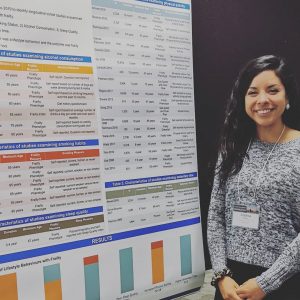
Andrea attended the University of New Brunswick (UNB) where she received both her Bachelor of Science in Kinesiology and a Master’s of Exercise and Sport Science under the supervision of Dr. Danielle Bouchard. Andrea is currently enrolled in the PhD program in the Department of Health at Dalhousie University under the supervision of Dr. Olga Theou and Dr. Susan Kirkland, where she studies how lifestyle behaviors, such as exercise, sedentary time, nutrition and sleep habits, influence a frailty.
Andrea’s interest in health and the aging process began at UNB while working hands on in a nursing home with a frail population. Since then she has been passionate about how lifestyle behaviors can impact older adults’ quality of life. Over the next few years, she hopes to learn more about the complexity of frailty.

